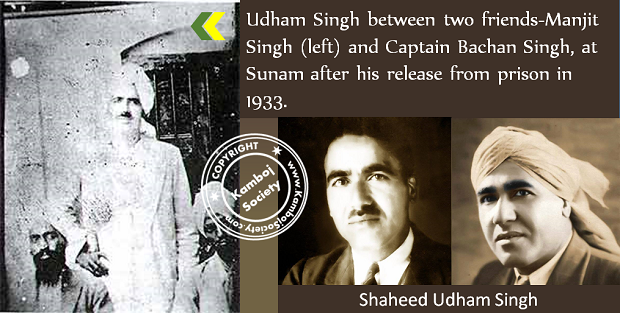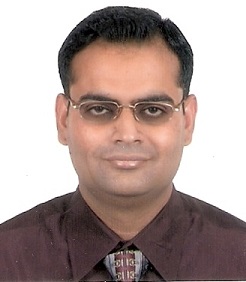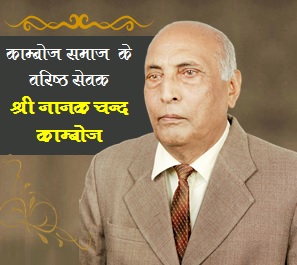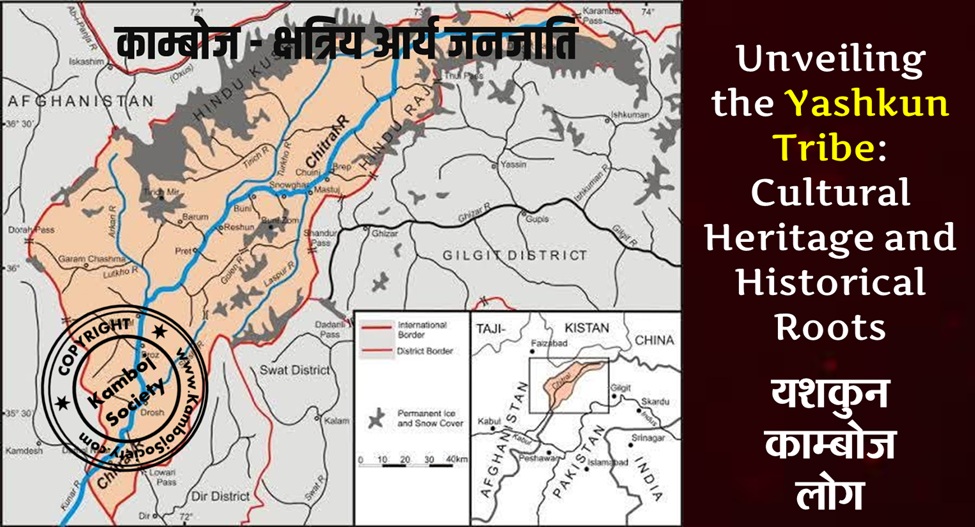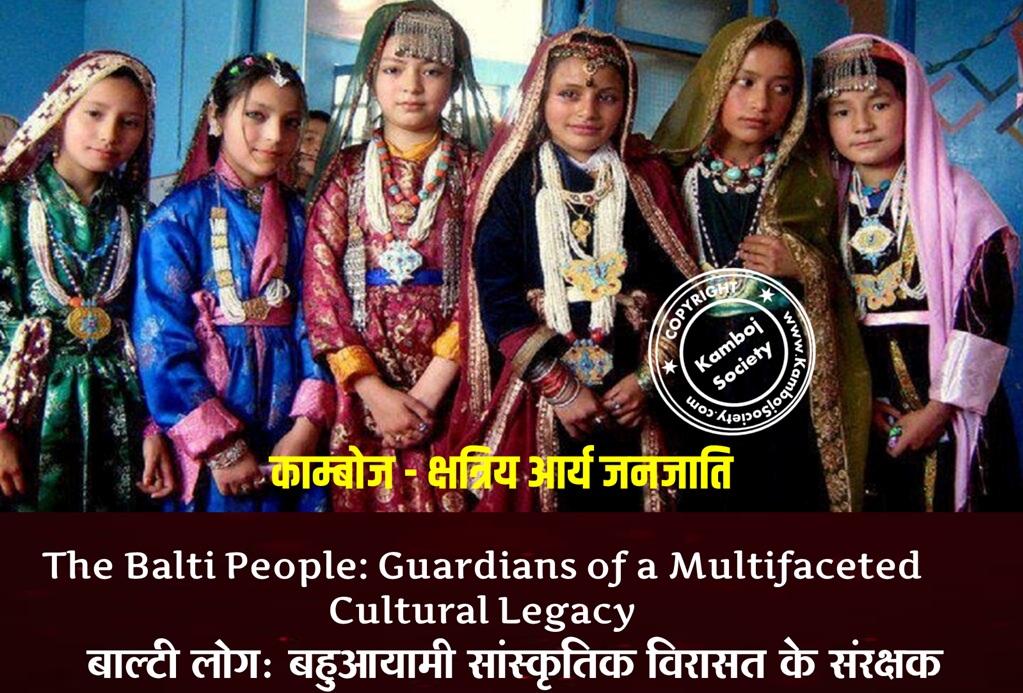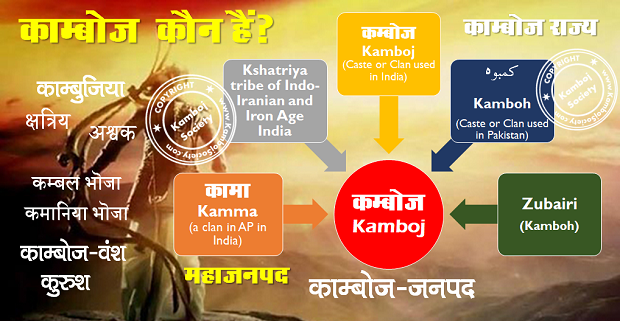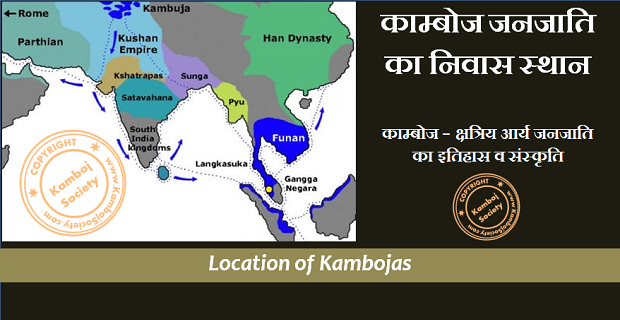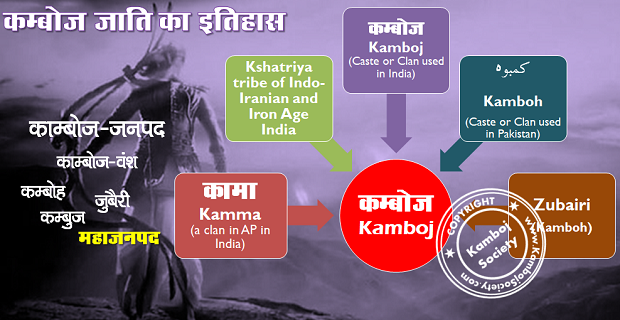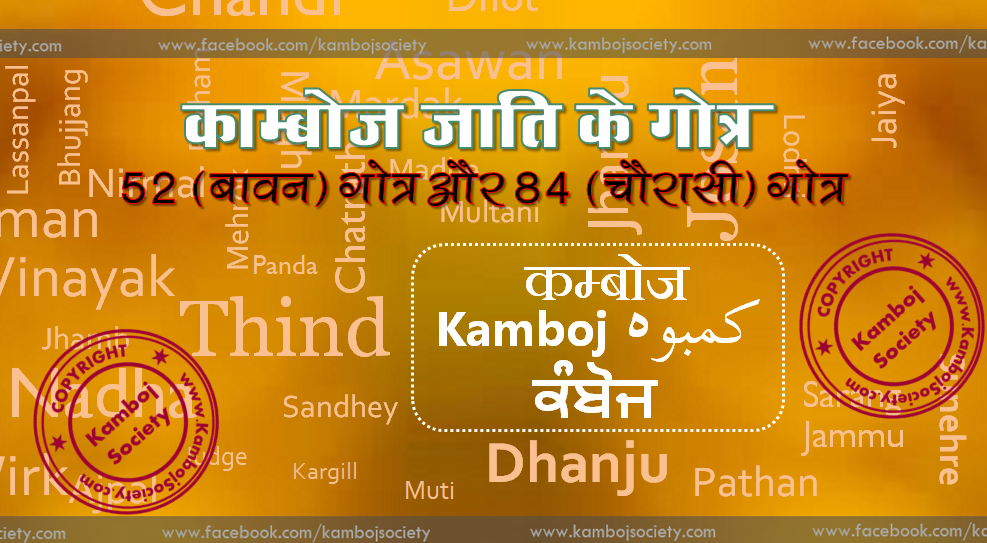Udham Singh plunged into active politics and became a dedicated revolutionary. He left the orphanage in 1919 and moved from one country to another to achieve his secret objective, aiming ultimately to reach his prey in London. At various stages in his life, Udham Singh went by the following names: Sher Singh, Udham Singh, Udhan Singh, Ude Singh, Uday Singh, Frank Brazil and Ram Mohammed Singh Azad. Over the years he met Lala Lajpat Rai, Kishen Singh and Bhagat Singh, whom he considered his guru and 'his best friend'. He reached Africa in 1920, moving to Nairobi in 1921. Udham Singh tried for the United States but was unsuccessful. He returned to India in 1924, reaching the United States of America that same year. There Singh became actively involved with freedom fighters of the Ghadar Party, an Indian group known for its revolutionary politics and its legendary founder, Sohan Singh Bhakna. Udham Singh spent three years in revolutionary activities in the United States and organised Overseas Indians for the freedom struggle. He returned to India in July 1927 on orders from Bhagat Singh. He was accompanied by 25 associates from the U.S. and brought a consignment of revolvers and ammunition. On 30 August 1927 Udham Singh was arrested at Amritsar for possession of unlicensed arms. Some revolvers, a quantity of ammunition, and copies of a prohibited Ghadar Party paper called "Ghadr-i-Gunj" ("Voice of Revolt") were confiscated. The impact of the Russian revolution on him is indicated by the fact that amongst the revolutionary tracts found by the raiding party was Rusi Ghaddar Gian Samachar. He was prosecuted under section 20 of the Arms Act. Udham Singh was sentenced to five years rigorous imprisonment. He stayed in jail for four years, missing the peak of India's revolutionary period and the actions of men like Bhagat Singh and Chandrasekhar Azad. Bhagat Singh was executed at the gallows with his fellow revolutionaries Rajguru and Sukhdev on March 23, 1931 for the murder of Deputy Superintendent of the Police J. P. Saunders, while Udham Singh was still in jail. Udham Singh was released from jail on 23 October 1931. He returned to his native Sunam, but constant harassment from the local police on account of his revolutionary activities led him back to Amritsar. There he opened a shop as a signboard painter, assuming the name of Mohammed Singh Azad. This name, which he was to use later in England, was adopted to emphasize the unity of all the religious communities in India in their struggle for political-freedom. He was issued with a passport on 20 March 1933 in Lahore in the name of Udham Singh. For three years, Udham Singh continued his revolutionary activities in Punjab and also worked on a plan to reach London to assassinate O'Dwyer. His movements were under constant surveillance by the Punjab police. He visited his native village in 1933. Udham Singh was deeply influenced by the activities of Bhagat Singh and his revolutionary group. In 1935, when he was on a visit to Kashmir on a clandestine revolutionary mission, he was found carrying Bhagat Singh’s portrait. He invariably referred to him as his guru. He loved to sing political songs, and was very fond of Ram Prasad Bismal, who was the leading poet of the revolutionaries. After staying for some months in Kashmir where he was able to dupe the police and escaped to Germany. He wandered about the continent for some time, and reached London in 1934 and took up residence at 9 Adler Street, Whitechapel (East London) near Commercial Road. According to the secret reports of British Police, Singh was on the move in India till early 1934 and then he reached Italy and stayed there for 3–4 months. From Italy he proceeded to France, Switzerland and Austria and finally reached England in 1934 where he purchased and used his own car for travelling purposes. His real objective however, always remained Michael O'Dwyer. Singh also purchased a six-chamber revolver and a load of ammunition. Despite numerous opportunities to strike, Singh awaited a right time when he could make more impact with the killing and attract global attention to his cause. He was on the lookout for an opportunity to avenge the Jallianwalla Bagh tragedy.
Udham Singh as Revolutionary and Freedom Fighter
- Deepak Kamboj
- Jul 30th, 2015
- 2667 Views
